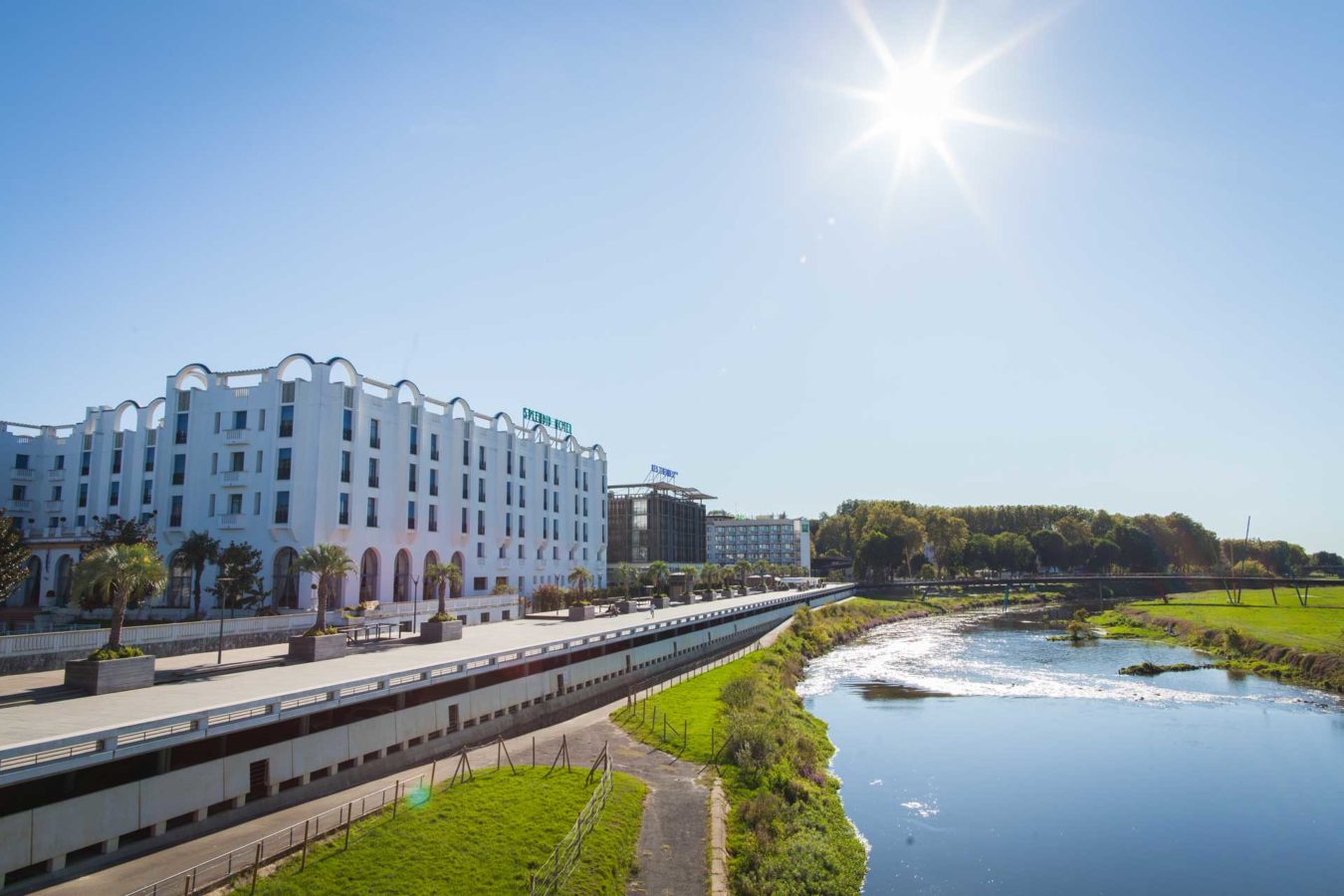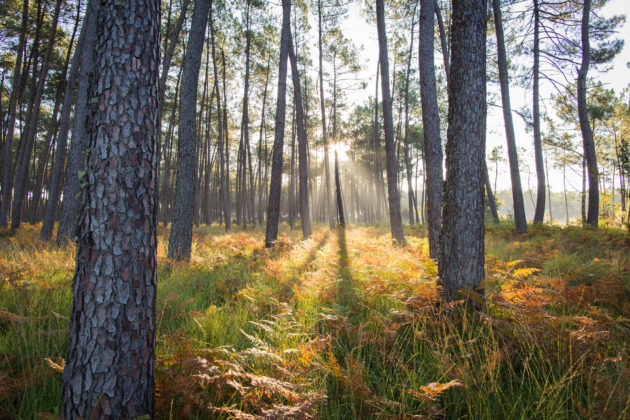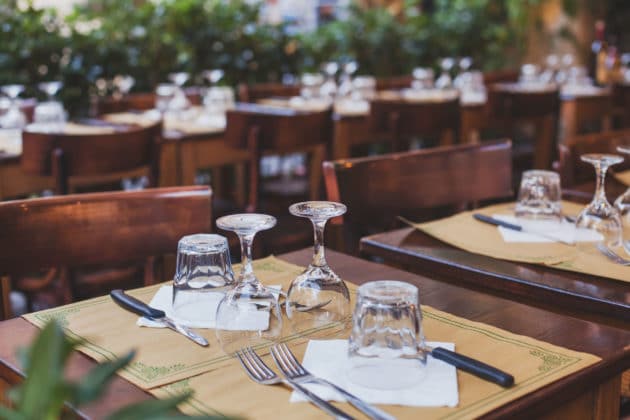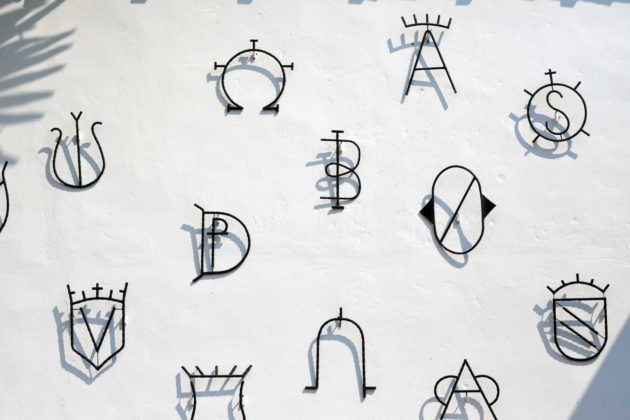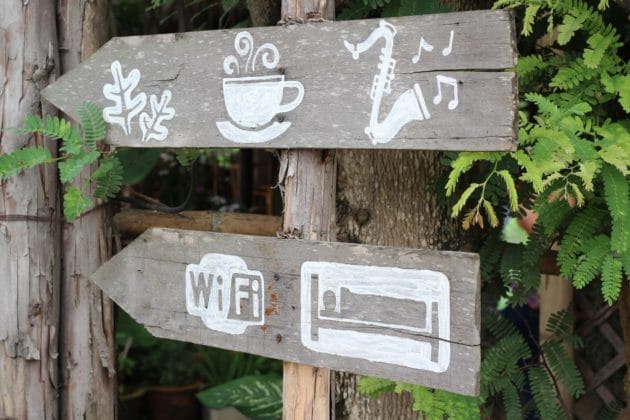On both banks of the river, soft traces from the past can be discovered. From Gallo-roman to Art Deco, everything is a matter of where to look at.
Dax : Discover our heritage
1. The cathedral
Built in the classical “Neo-Greek” style, the cathedral dates back to the 17th century. Magnificent 13th-century ogival door, known as “the Apostles’ door” in the north transept.
2. The legionary and his dog
In the square facing the cathedral, which refers to the legend of Dax : a garnison Legionnaire owned a crippled dog. Going to war, he decided to abandon him in the banks of the Adour. When the Legionnaire returned, he was surprised to find his dog reinvigorated by the benefits of mud left by the river. Thermalism was born.
3. Gallo-roman ramparts
1465m fortified walls were built in the 4th century and destroyed during the 19th century. Today, only remains 320 m running through rue des Barnabites and Place des Salines. Overlooking the place, the hotel Biraben is a collection of mansions dating from 1909 directed by Albert Pomade. Its facade was renovated in 2013.
4. Place de la course
During the 19th century, bull shows were organized here in a wood-frame bullring.
In the centre of the place, a glass structure includes one of the five thermal drilling of the city.
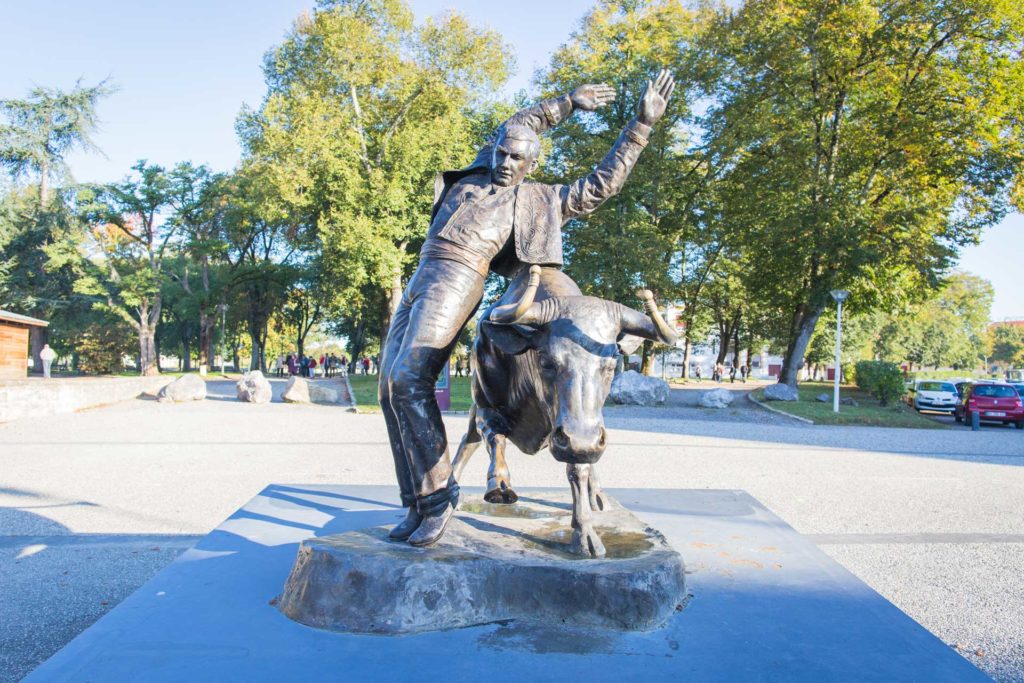
5. Statue of a « Ecarteur »
This statue from Christian Maas depicts a scene from the « course landaise », a local sport. Tribute to “Fédérale”, one of the most famous fighting cow of the past century.
6. Bullring
The mecca for bullfighting and Course Landaise, the bullring was built in 1913 and has a capacity of 8000 seats.
7. Theodore Denis park
Built on a marshland during the 19th century, this park has taken its name from a former mayor of Dax.
On the west entrance figures its motto “Regia Semper” (always royal) and a statue of a bull from Christian Maas.
8. Jean Charles de Borda statue
Born in Dax in 1733, this mathematician and physicist, known all over the world, is one of the fathers of the metric system. Maritime engineer, he invented a number of instruments being used in the navigation.
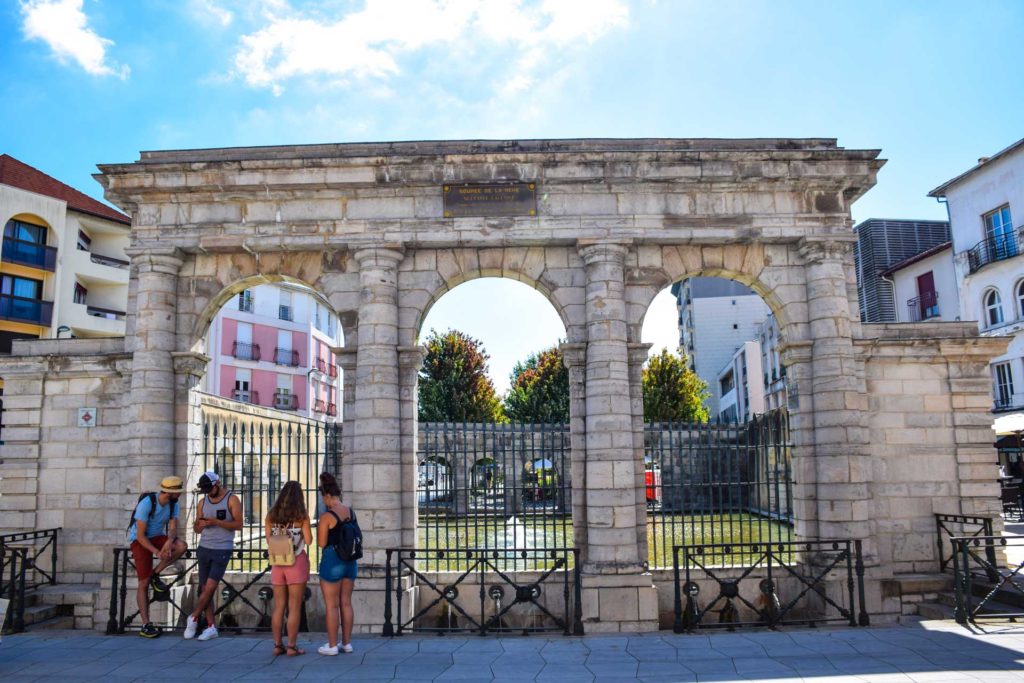
9. Hot fountain
This hot fountain is one of the true symbols of the spa. It was built in the 19th century on the presumed site of the old Roman thermal baths. 2,400,000 litres of water flow through every day. The water temperature is 64°C. The hot sources of Dax come from an underground water sheet which is heated to this highest temperature at a depth of 2000 m.
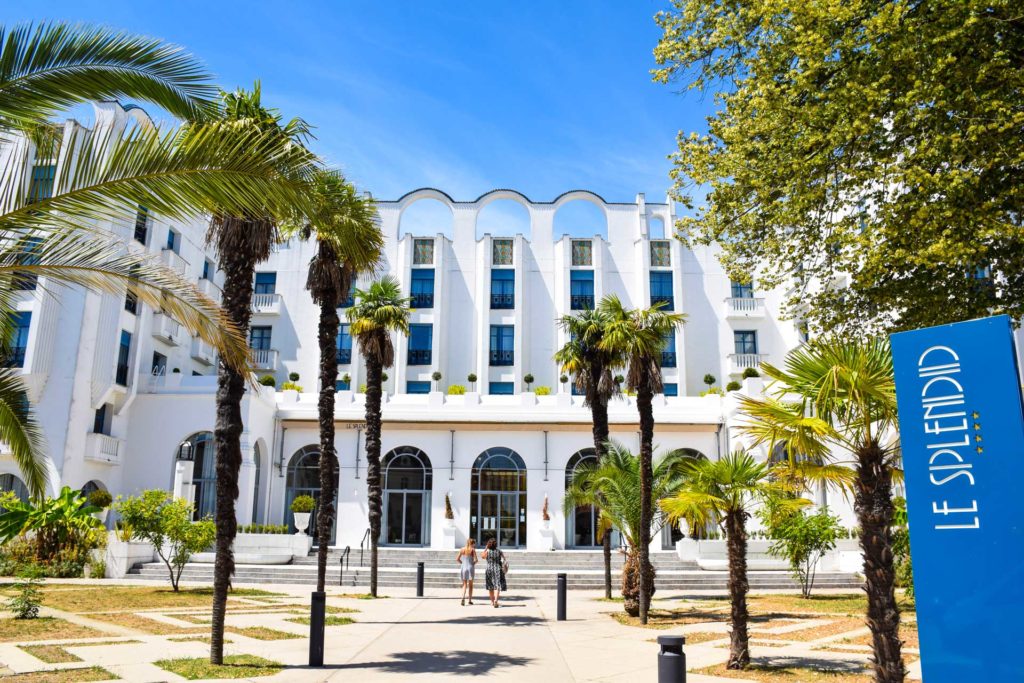
10. Splendid Hotel
Built on the ruins of a castle, this art deco masterpiece from the 1920s was built by André Granet and Roger-Henri Expert. Currently closed, its reopening is planned at the end of 2017.
11. L’Atrium
Former casino built by André Granet in 1928, it includes a richly adorned theatre, an exhibition centre and a restaurant with a view on the former outdoor theatre.

